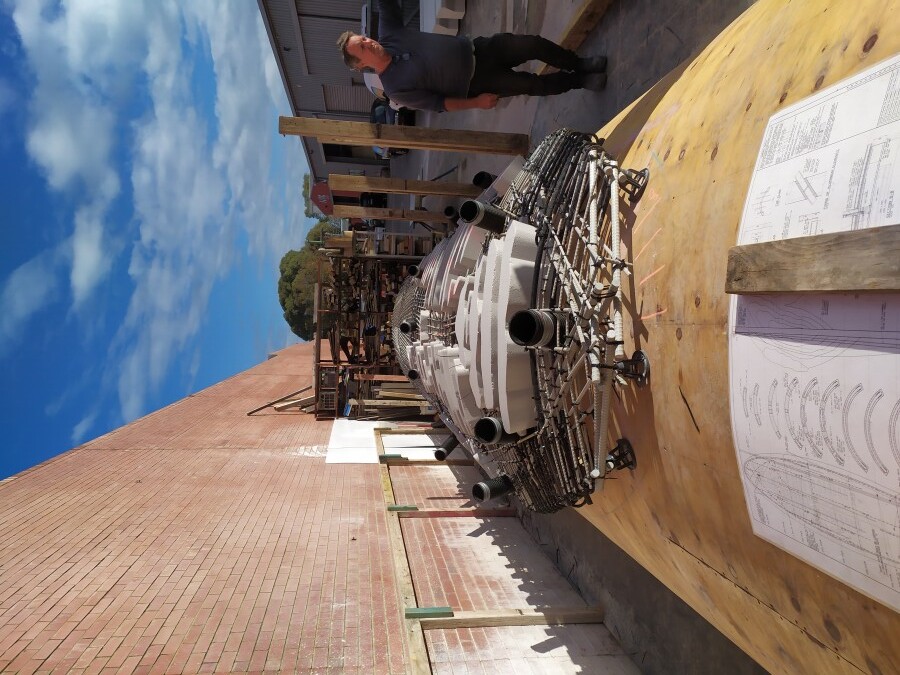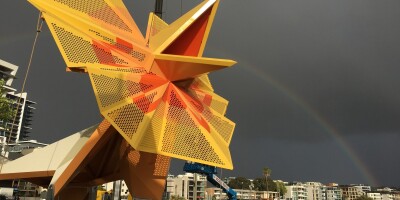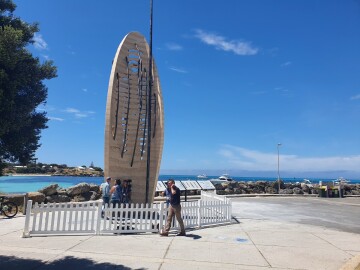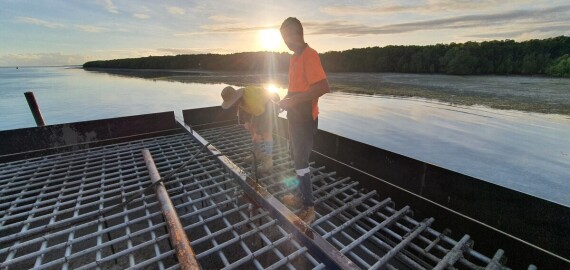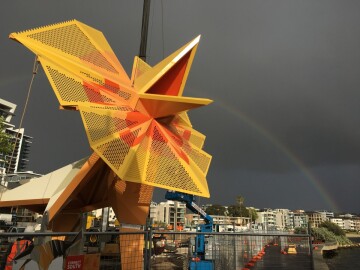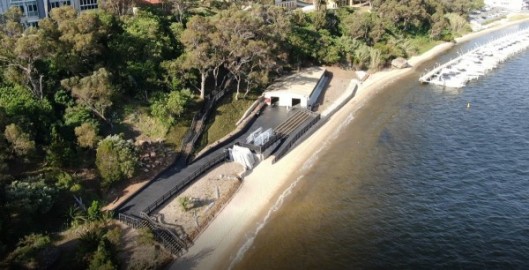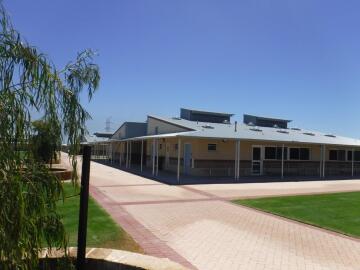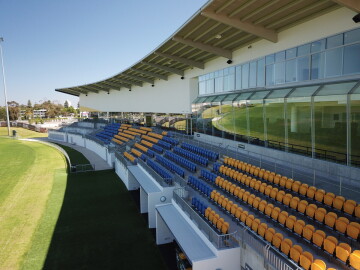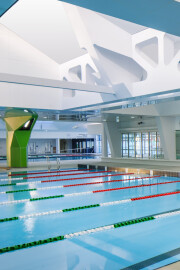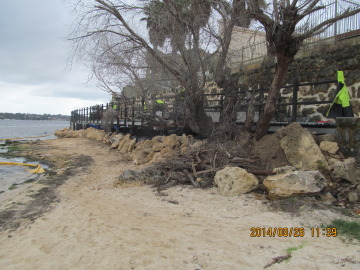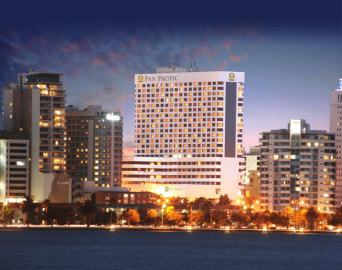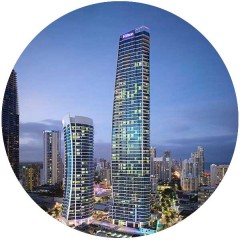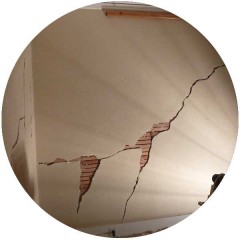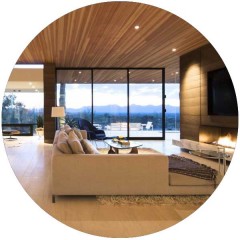A key feature of the State Theatre Centre in Northbridge was the requirement for structural durability for 100 years; the first time such a requirement was given in Western Australia for a government building.
The Northbridge site of the project is on reclaimed swampland between the river and what is now Lake Monger. The lower half of this structure was designed to be permanently submerged in this aquatic environment – sometimes up to 8 metres below the water table. During the course of the geotechnical testing it became clear that there were also pockets of acid sulphate soils in these clays at a 3.5m depth.
Sulfate ions accumulate in coastal clays whenever ocean waters flood into an estuary. Such soils can react to form sulphuric acid if exposed to air, causing not only acidity and leaching of metals, but also a potential corrosion threat to building materials. Disturbing the soils results in corrosion in surrounding buildings in addition to the environmental impact.
To contain all dewatering activities to within the site boundary, diaphragm walls were erected to a designed depth to form a box, inside which, the water table levels could be controlled. The use of top-down construction and diaphragm walls eliminated the need for corrosion-susceptible permanent ground anchors to support the soil retention structure for the deep excavation. An skin of intrinsic waterproofing was used on the outer layer of the diaphragm walls and lower slab to provide further corrosion protection.
The resulting building achieved the 100 year to first maintenance requirement and was celebrated by Engineers Australia as best Engineering (of any type) nationally in the year of completion.
Other ATC durability innovations include research, design and use of Glass Fibre Reinforced Polymers as reinforcement in concrete in coastal and quasi-marine (riverside) environments. This material completely solves the global problem of rusting of steel reinforcement within concrete due to the presence of salts (“concrete cancer”). This breakthrough supercedes the use of cathodic protection and other anti-corrosion measures and has been used in jetties, boardwalks, balconies and external facing of accommodation buildings, poolside and aquatic centres, and in iconic beachside art that will last for generations.
Further projects utilising Airey Taylor’s expertise with longevity extension for corrosive forces include the $38 million Mandurah Aquatic Recreation Centre, and $31 million Claremont Football Club Development – both of which required careful engineering and materials selection due to exposed steel sections being subject to coastal corrosion. The award winning aluminium canopies at Mends Street jetty entrance in South Perth further demonstrate Airey Taylor Consulting’s abilities to design avant-garde solutions that will endure.

